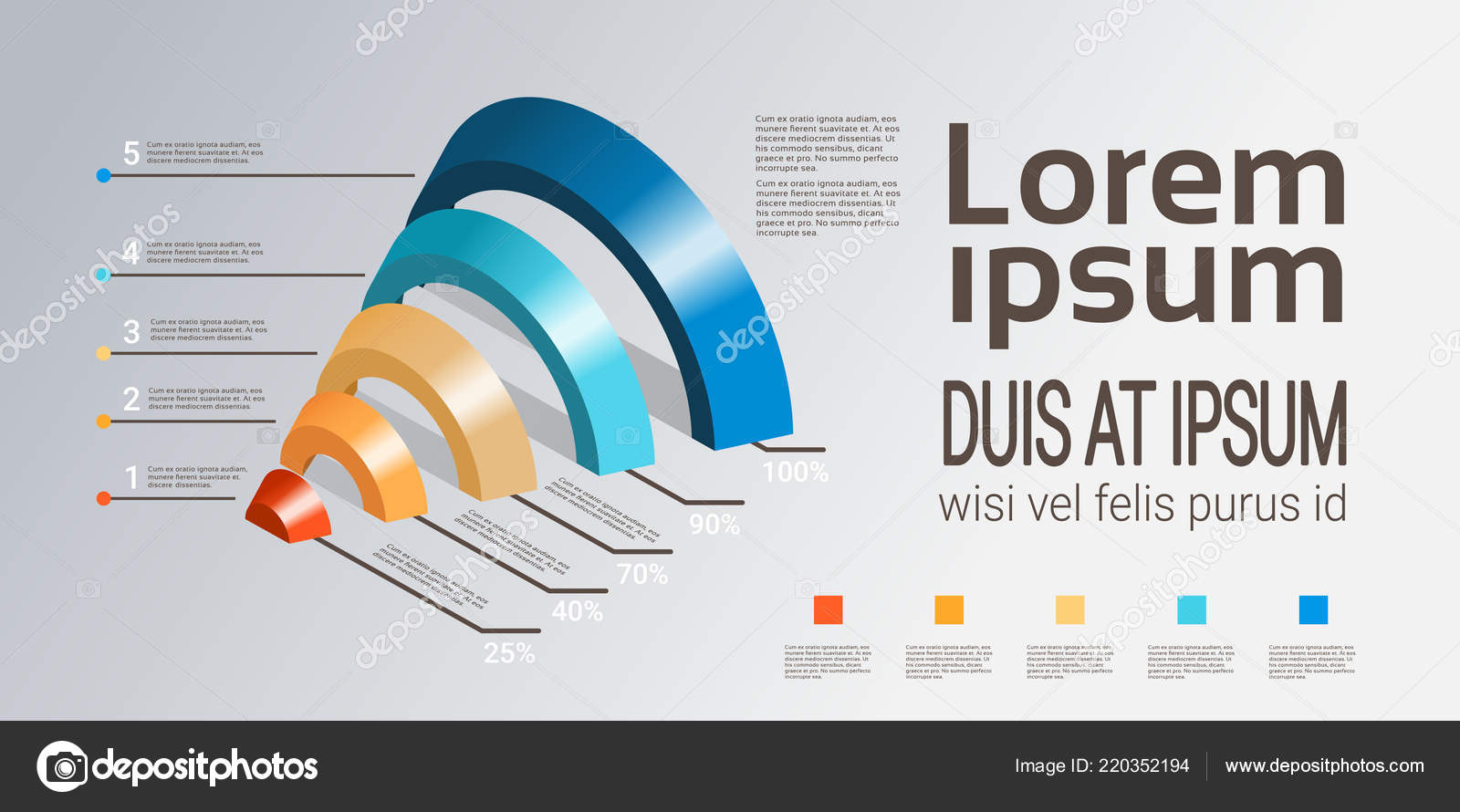Site Design Fundamentals: Tips For Building A User-Friendly Website
Site Design Fundamentals: Tips For Building A User-Friendly Website
Blog Article
Content Written By-Wiley Devine
When it comes to website design, ensuring user-friendliness is key. From responsive layout to structured navigation, every aspect plays a vital role in developing a website that deals with your audience's demands. Yet what regarding the better information that can make or damage an individual's surfing experience? Keep tuned as we discover some often-overlooked pointers that can boost your web site's usability to the following level, making it really stick out in the electronic landscape.
Relevance of Responsive Layout
Receptive layout is an important element of modern-day website advancement. Ensuring your site is receptive ways that it can adjust to different display sizes and gadgets, offering a seamless experience for individuals.
With the boosting use smart devices and tablet computers to access the web, having a responsive style is essential for getting to a larger target market. It assists in improving customer experience by making your web site easy to browse and keep reading any kind of gadget.
Additionally, responsive layout can positively affect your internet search engine rankings, as internet search engine like Google focus on mobile-friendly internet sites. By having a receptive layout, you're additionally future-proofing your website, as new devices with differing screen sizes remain to emerge.
Simplify Navigation Structure
To boost customer experience and assist in simple accessibility to info on your web site, simplifying the navigation structure is critical. When creating your site, concentrate on creating a clear and user-friendly navigating menu that aids visitors locate what they're seeking quickly.
Limit the number of menu items to the basics, grouping relevant web pages together to avoid overwhelming users. Usage detailed tags that clearly show the content of each web page, making it less complicated for individuals to understand where each web link will certainly take them.
Consider applying dropdown food selections for subcategories to avoid cluttering the primary navigation bar. Furthermore, consist of a search bar prominently on the page for customers who like looking for particular information.
Prioritize mobile responsiveness in your navigation design to make sure simple accessibility on all tools.
Optimize Web Page Load Rate
Improving page tons rate is critical for retaining site visitors on your site. Slow-loading web pages frustrate individuals and can lead to high bounce prices. To maximize web page load speed, begin by enhancing images. Press pictures without compromising high quality to lower their file sizes.
Furthermore, allow internet browser caching to keep often accessed sources in your area, speeding up lots times for returning site visitors. Minify CSS, JavaScript, and HTML data by removing unnecessary personalities, comments, and formatting, improving tons rate.
Take into consideration using a content shipment network (CDN) to disperse your website's content across numerous web servers worldwide, reducing latency for customers accessing your website from different areas. Lastly, restrict making use of third-party scripts and plugins, as they can significantly influence load times.
Verdict
Finally, by integrating receptive design, streamlining navigation, and optimizing page tons rate, you can create a straightforward internet site that attract a wider audience and enhances customer experience. https://www.retailtouchpoints.com/topics/digital-commerce/subscription-services-pro-tips-retail-cancellation-loyalty guarantee that site visitors can quickly accessibility and browse your site across different gadgets, leading to boosted interaction and satisfaction. By focusing on these essential facets, you can construct an effective internet site that keeps customers returning for even more.
